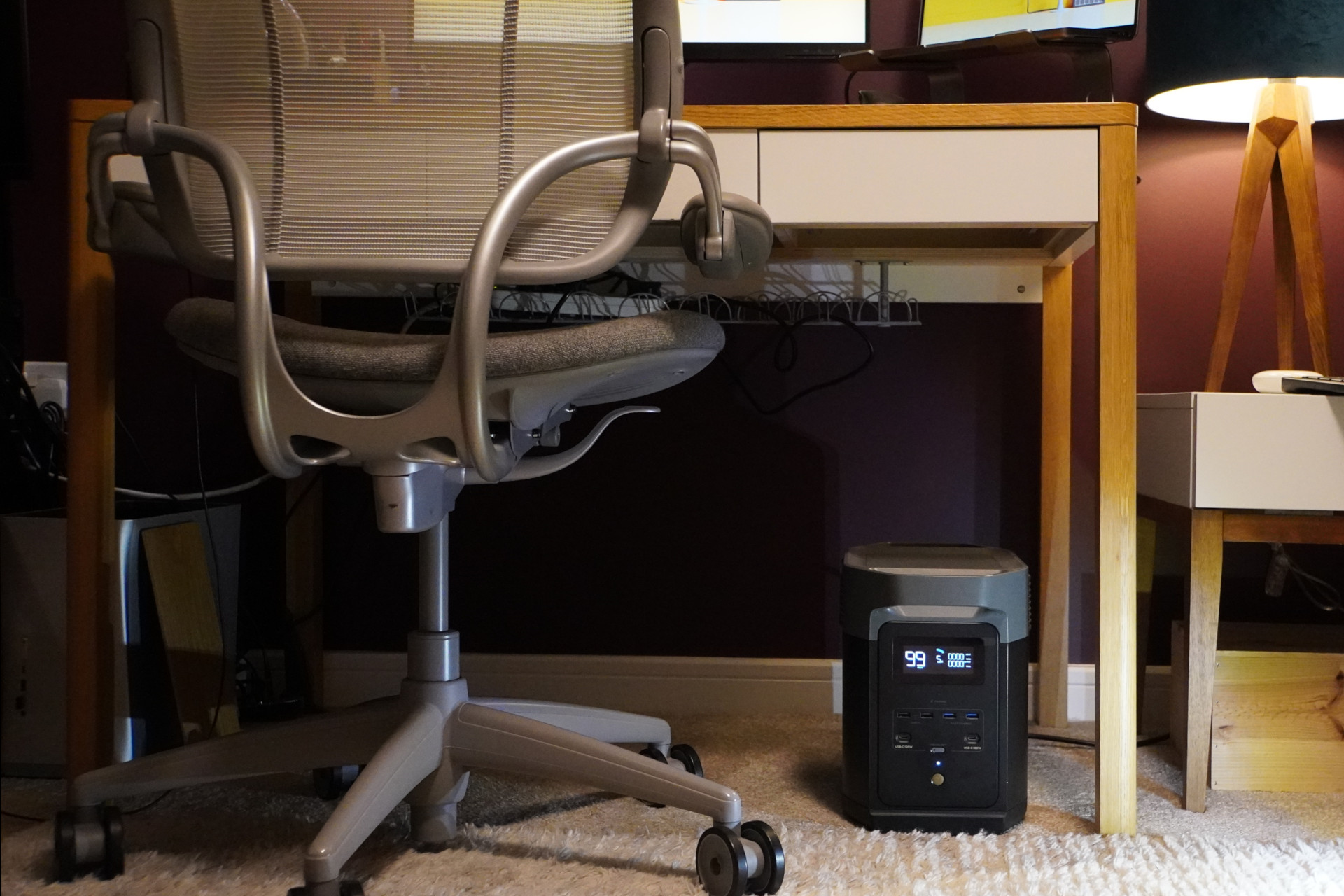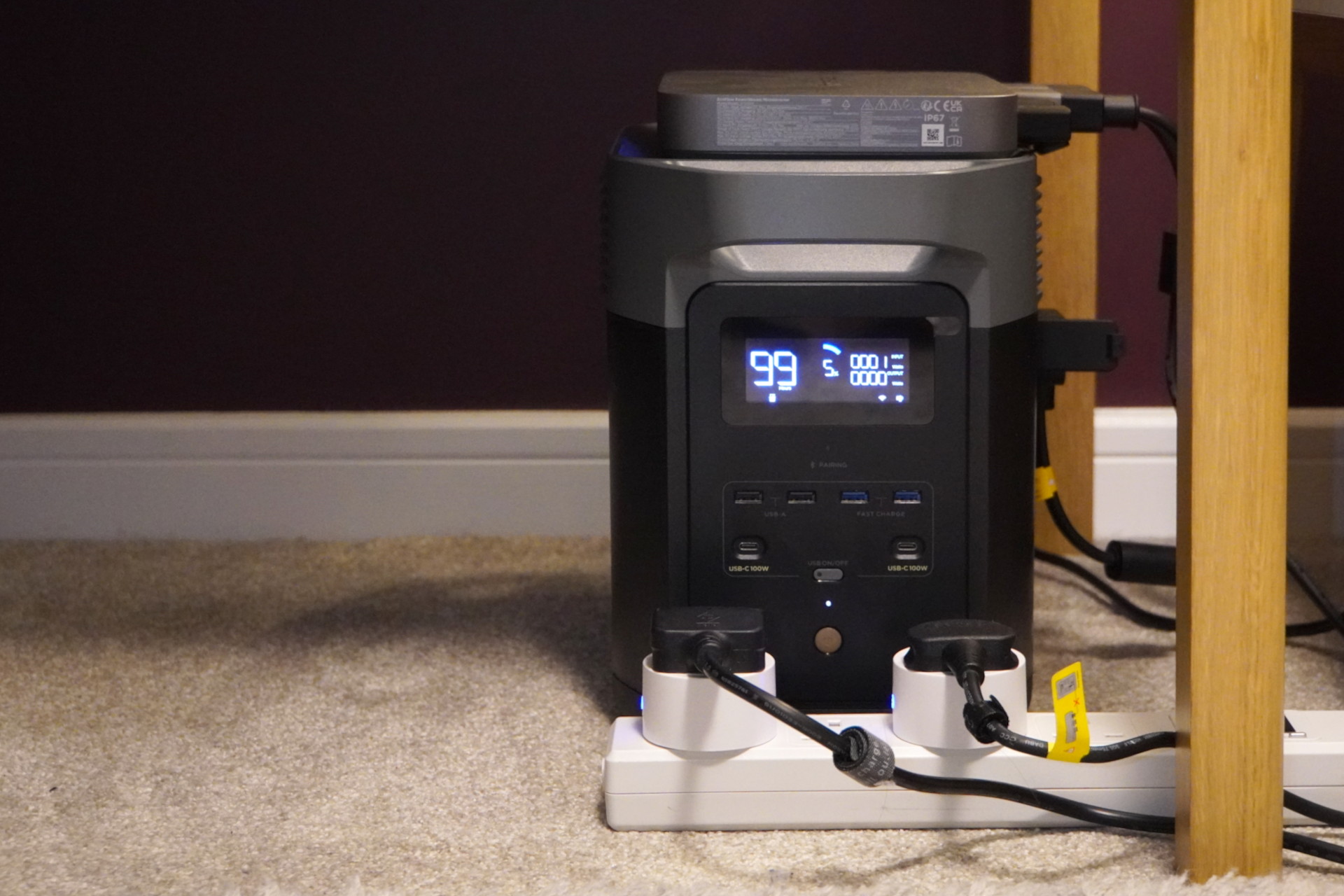Home Batteries: Unlocking Hidden Savings
January 10, 2025 energy batteries
In recent years, portable battery systems like those from EcoFlow have surged in popularity, primarily for their convenience in outdoor activities and off-grid scenarios. However, these powerful energy storage devices have untapped potential right in our homes. What if we could harness these batteries not just for emergencies or adventures, but as a smart solution to reduce our daily energy costs and carbon footprint?
The concept is straightforward: store energy when it’s abundant and cheap, then use it when demand (and prices) peak. This approach not only promises significant savings on your energy bills but also contributes to a more sustainable energy consumption pattern.
In this article, we’ll explore practical ways to integrate portable batteries into your home energy system. From powering individual devices to supporting your entire household, we’ll cover strategies that can work with batteries of various capacities, with a focus on the versatile EcoFlow Delta series.
Whether you’re a tech enthusiast, an eco-conscious homeowner, or simply looking to cut down on utility costs, join us as we unlock the hidden potential of your portable battery and transform it into a key player in your home’s energy ecosystem.
Powering a single device or area
The EcoFlow Delta series comes with built-in AC outputs, making it versatile for powering various home appliances. For instance, you could power an entire home office setup - a laptop (45-100W), a monitor (20-100W), and a desk lamp (5-20W) - easily for a full day on a single charge of a 1kWh battery.
To maximize savings, aim to use most of the battery’s capacity each day. Here’s a quick guide to estimate usage:
- Identify the power rating (in watts) of your devices.
- Multiply the watts by the hours of use to get watt-hours.
- Ensure the total watt-hours are slightly less than your battery’s capacity.
For example, a 500W device used for 2 hours would consume 1kWh (1000Wh), perfectly matching a Delta 2’s capacity. This doesn’t account for the efficiency of the system, so you may want to plan to only use 80% of the available capacity.
To implement this setup, you’ll need:
- An EcoFlow Battery
- A smart plug to schedule charging
- Your chosen device(s) to power


Powering your full home
To extend the benefits beyond a single device, you can integrate your EcoFlow battery into your home’s electrical system using a micro-inverter. EcoFlow’s PowerStream is designed for this purpose, allowing your battery to supplement your home’s power supply.
The PowerStream can feed up to 800W of power to your home appliances via your existing wiring. This means it can fully power most lights, TVs, computers, and partially contribute to higher-draw appliances like electric hobs and ovens. When your home’s power demand exceeds 800W, the additional power is automatically drawn from the grid, ensuring seamless operation.
You’ll need:
- An EcoFlow Battery
- An EcoFlow PowerSteam Inverter
- A cable to connect the above two
- 2 x Smart Plugs to schedule charge and discharge times
- A Shelly 3EM to measure your consumption (or EcoFlow Smart Plugs)


How much could I save?
Calculate the potential savings for yourself. The biggest factor in your potential savings is the energy tariff or rate plan. I’m in the UK, and am using the Octopus Agile tariff. But, any tariff with seperate peak and off-peak pricing (time-of-use pricing) could work. Economoy 7 is a popular one, or there are a range of others targetting at EV owners.
Optimizing with Smart Plugs
Smart plugs are crucial for automating your battery’s charge and discharge cycles. While basic timer-based scheduling can be effective, integrating with real-time energy data can significantly enhance both cost savings and environmental benefits.
Windfall Energy plugs offer an advanced solution for optimizing home battery systems like EcoFlow. These plugs provide:
- Real-time integration with grid data and energy prices
- Dynamic charging based on energy availability and cost
- Intelligent discharging during peak demand times
- Compatibility with various battery systems, including EcoFlow
By leveraging real-time data, Windfall Energy plugs can help ensure your battery is charged when energy is greenest and cheapest, and used when it’s most beneficial. This approach not only aims to maximize your energy savings but also contributes to overall grid stability and reduced carbon emissions.
For those looking to get the most out of their EcoFlow system, exploring smart plug options that offer advanced energy management features can be a worthwhile consideration. To learn more about how smart plugs can enhance your home energy strategy, you can visit www.windfallenergy.com.